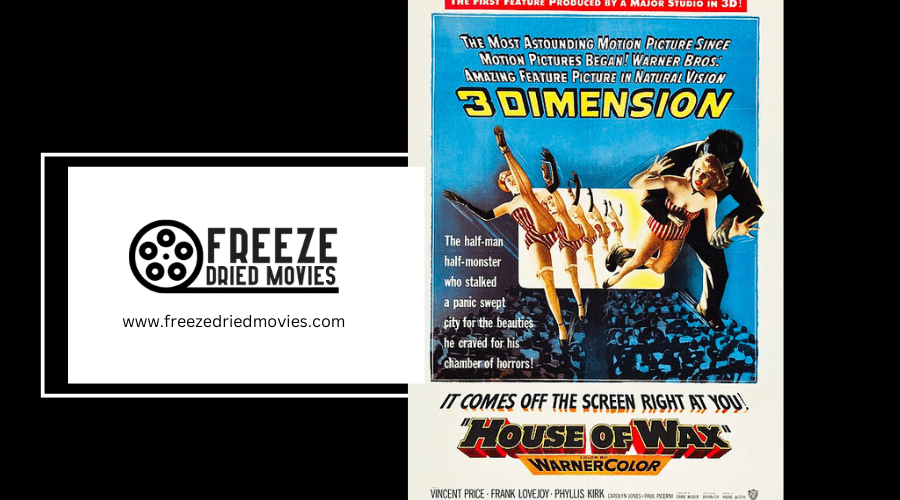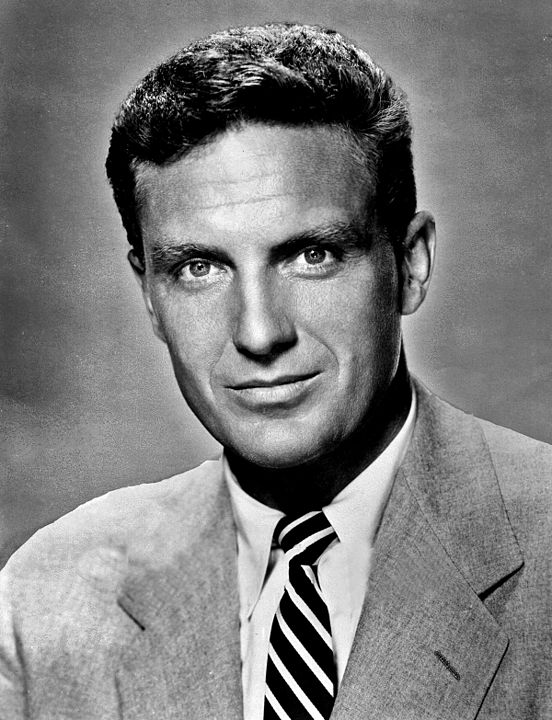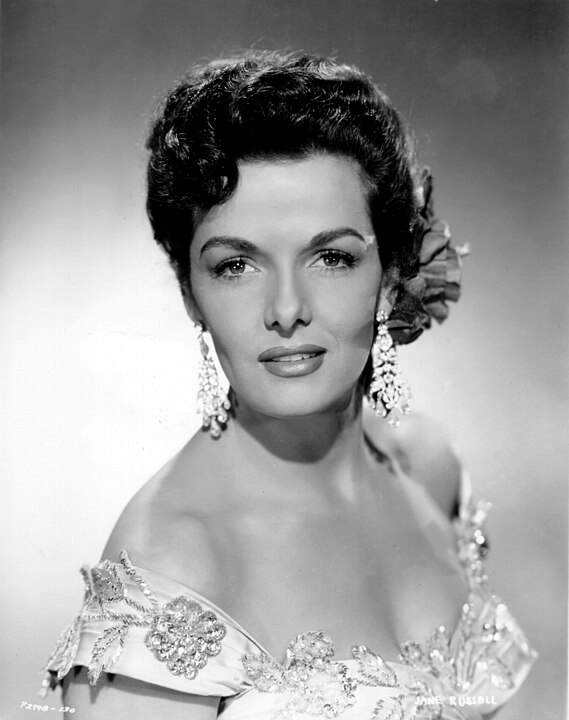The 1950s’ saw moviegoers flock to theaters, donning those iconic glasses, and experiencing the silver screen like never before. With groundbreaking films such as ‘Bwana Devil’ and ‘House of Wax,’ audiences were treated to a new dimension of storytelling that promised and delivered unparalleled thrills. Despite facing numerous challenges, this fad left an indelible mark on the film industry. Now, let’s take a closer look at what made this decade a monumental turning point for 3D cinema, and why its legacy still resonates in the filmmaking world today.
Key Takeaways
- ‘Bwana Devil’ in 1952 sparked the 3D cinema craze, revolutionizing movie-going experiences.
- Technological advancements like polarized technology and stereoscopic photography enabled immersive 3D effects.
- The 1950s saw a production boom with 48 three-dimensional films released in just nine months.
- Audience enthusiasm for 3D films initially surged, but technical challenges and viewer discomfort led to a decline.
- Despite its fluctuating popularity, the 1950s 3D fad left a lasting impact on cinematic technology and viewer expectations.
The Birth of 3D Cinema
In 1952, ‘Bwana Devil’ with Robert Stack kicked off the 3D cinema craze, offering audiences a groundbreaking way to experience movies. This film didn’t just tell a story; it immersed viewers right into the action using stereoscopic photography, a technique that made scenes pop out of the screen. Suddenly, you weren’t just watching a movie; you were part of it. This innovation wasn’t a mere gimmick. It was a bold new way to see the world, and it caught on fast.
Major studios saw the potential and jumped on the bandwagon, producing a total of 48 three-dimensional films in 1953 alone. Among these, horror films stood out, offering spine-tingling experiences that were even more thrilling in 3D. Imagine avoiding a flying spear in ‘Bwana Devil’ or flinching as a creepy hand seems to reach out from ‘House of Wax’. That’s the kind of immersive experience 3D cinema promised and delivered.
The 1950s 3D fad was more than just a trend; it was a revolution in movie-going. It offered a unique, immersive viewing experience that made audiences feel like they were right in the middle of the action. And all it took was a pair of glasses and a willingness to explore the depth of the screen.
Technological Breakthroughs
Building on the excitement of 3D cinema’s immersive experiences, technological breakthroughs played a pivotal role in shaping this revolutionary viewing format. At the heart of the movement, stereoscopic photography and film processing advancements allowed audiences to delve into a world that leaped off the screen. You might not realize how significant these developments were, but they laid the groundwork for the mesmerizing visuals that became synonymous with 3D films of the era.
Polarized technology, in particular, emerged as a game-changer. It enabled depth perception that had viewers feeling as though they could reach out and touch the on-screen action. This wasn’t just a gimmick; it was a transformative experience that changed how people viewed movies. Coupled with the innovative use of stereophonic sound, films not only looked different, but they sounded different too, enveloping the audience in a completely immersive sensory experience.
The introduction of dual projectors, despite posing technical challenges, marked another leap forward. This setup was complex, but it underscored the industry’s commitment to pushing the boundaries of what was possible in cinema. It’s clear that without these technological breakthroughs, the 3D fad of the 1950s wouldn’t have left such a lasting impact.
Iconic 1950s 3D Films
You’re stepping into a world where 3D movies began shaping the cinematic experience. With films like ‘Bwana Devil’ and ‘House of Wax’, you witness the pioneering of 3D movie techniques and the evolution of 3D viewing technology. These movies not only thrilled audiences but also marked a significant period in film history with their memorable releases.
Pioneering 3D Movie Techniques
Immerse yourself in the alluring world of 1950s cinema where groundbreaking 3D movie techniques brought stories to life like never before. Film studios, diving into the depth of this new dimension, pushed the boundaries of visual storytelling. Take “Bwana Devil” (1952), for instance, which kickstarted the 3D craze, inviting audiences into an immersive experience unlike anything they had seen. Then, “House of Wax” (1953) not only thrilled horror fans in New York and beyond but also became one of the first films to use stereophonic sound in 3D, enhancing the viewing experience. Stars like Jane Russell in “The French Line” (1953) embraced 3D technology, showcasing its potential to transform the film industry and captivate audiences with every scene.
Memorable 3D Film Releases
Explore the iconic 3D films of the 1950s that left audiences in awe, from ‘Bwana Devil’ to ‘Flight to Tangier’. ‘Bwana Devil’ by United Artists wasn’t just a film; it was the spark that ignited the 3D craze of the 1950s, marking the beginning of a Golden Age for this groundbreaking technology. ‘House of Wax’, aside from delivering chills, was one of the first to combine 3D effects with stereophonic sound, setting a new standard for horror movies.
Then there was ‘The French Line’ with Jane Russell, captivating viewers with its memorable 3D experience. ‘Fort Ti’ took historical drama to a new level with its 3D gimmicks, and ‘Flight to Tangier’ offered a thrilling ride through Communist territory, all in 3D, solidifying the era’s fascination with this format.
3D Viewing Technology Evolution
In addition to the memorable films that captivated audiences, the 1950s also saw significant advancements in 3D viewing technology that further enhanced the cinematic experience. Polaroid technology was a game-changer, allowing for depth perception that made movies like ‘Bwana Devil’ and ‘House of Wax’ not just films, but immersive experiences. This new technology required two projectors, adding a layer of complexity but also a depth to storytelling that had never been seen before. Stars like Barbara Stanwyck and John Wayne were quick to embrace this trend, showing the versatility and appeal of 3D films. Additionally, movie posters utilized 3D effects to draw crowds, promising a unique experience that was as much about the technology as it was about the storytelling.
Audience Fascination and Reaction
During the 1950s, moviegoers were captivated by the novel 3-D experience, fueling a widespread craze for these immersive films. The audience’s fascination with the three-dimensional spectacle was unlike anything they had experienced before, bringing scenes to life right before their eyes. This immersive experience didn’t just draw people in; it reignited their passion for cinema at a time when television threatened to overshadow movie attendance. The success of 3-D films during this era is a proof of their ability to captivate and entertain audiences across the board.
Here are four key points that highlight the audience’s reaction and the impact of 3-D films in the 1950s:
- Audience Enthusiasm: The novelty and immersive quality of 3-D films led to a snowballing craze among moviegoers.
- Immense Popularity: Within just nine months, the film industry released 48 three-dimensional films, catering to the skyrocketing demand.
- Revival of Movie Attendance: The 3-D craze played a pivotal role in reviving movie theater attendance, countering the competition from television.
- Influence on Production: The success of these films encouraged the production of more immersive content across various genres, changing the landscape of cinema.
Challenges and Limitations
As you explore the world of 3D in the 1950s, you’ll find that technical hurdles were a significant part of the story, impacting everything from production to audience enjoyment. Hollywood’s creatives didn’t back down, though, innovating to overcome issues like color mismatch and blurry effects. Despite these efforts, challenges with projection and the costs of production shaped the 3D experience, influencing how audiences and filmmakers viewed the technology’s potential.
Technical Hurdles
Why did early 3-D movies often cause eyestrain and blurry effects for viewers? The answer lies in the initial technical hurdles faced by the innovative technology. Despite the excitement, perfecting the viewing experience was a journey that required:
- Mastery of Polaroid filters to accurately separate left and right eye images.
- Overcoming eyestrain by improving the synchronization between the two images.
- Technical refinement to guarantee that color and focus matched perfectly across both images.
- The dedication of Hollywood engineers and camera machinists who tirelessly worked to enhance the technology.
These challenges were monumental, but the efforts to overcome them paved the way for the remarkable 3-D experiences we enjoy today.
Audience Reception
While the 1950s saw significant advances in 3-D technology, viewers’ reactions were mixed, largely due to issues like eyestrain and blurry visuals. Despite these hurdles, the initial enthusiasm for 3-D films showcased a promising shift in cinema. Hollywood engineers and camera machinists tirelessly worked to smooth out the technical challenges, aiming to enhance your movie-going experience. Unfortunately, imperfect projection in theaters often led to canceled shows, dampening audience reception. Yet, your fascination with this novel technology spurred continuous efforts for improvement. Even with the technical limitations and occasional dissatisfaction, your excitement and support for 3-D movies underscored a remarkable period of innovation in film, setting the stage for future advancements in cinematic experiences.
Production Costs
Moving beyond audience reception, it’s important to explore how the higher production costs of 3-D films in the 1950s posed significant challenges and limitations. The era’s filmmakers faced a steep climb due to:
- The need for specialized equipment that drove up overall expenses.
- Dual projectors and polarized filters adding complexity to 3-D film production.
- Increased technical requirements for managing and aligning projectors.
- Financial risks that limited the number of 3-D films produced.
Despite these hurdles, the adventurous spirit of 1950s cinema pushed boundaries, exploring the depth of storytelling through technology. The journey through 3-D film production, marked by innovation despite high production costs, showcases the era’s commitment to enhancing cinematic experiences.
The Decline of 3D Popularity
The decline of 3D popularity in the 1950s stemmed from technical hurdles and the significant expenses involved in its production and exhibition. You might wonder why something so innovative lost its shine. Well, it’s a story of ambition meeting reality. The excitement of bringing images to life in three dimensions faced practical challenges. Technical challenges and high costs made it difficult for many filmmakers to embrace 3D. In addition, audience discomfort with the 3D glasses and the uncertain returns on investing in such technology made studios hesitant.
Despite these setbacks, the journey of 3D didn’t end here. It’s a tale of fluctuating popularity, with its highs and lows marking the landscape of cinema. Let’s take a closer look at what contributed to the dip in its mainstream appeal:
| Factor | Impact |
|---|---|
| Technical Challenges | Made production and exhibition complex and tricky |
| High Costs | Limited its accessibility to filmmakers and studios |
| Audience Discomfort | Reduced viewer enthusiasm for 3D experiences |
Though the 1950s saw a decline, the story of 3D is far from over. Its peaks and valleys reflect the evolving tastes and technologies of cinema, keeping the promise of immersive experiences alive.
Legacy and Revival Attempts
Despite the setbacks in the 1950s, 3D cinema’s legacy sparked attempts to revive it for future generations. You’ve seen the peaks and falls of this technology, but its journey is a testament to the enduring desire for immersive cinematic experiences. Here’s how the landscape has evolved:
- The Legacy Endures: The 1950s left a lasting impression, proving audiences crave more than just visuals; they want to be part of the story.
- Challenges and Revival Attempts: In the late 1970s, filmmakers tried to bring 3D back, but faced numerous challenges, from technological limitations to audience skepticism. Despite these hurdles, their efforts paved the way for future innovations.
- Digital Revolution: The early 2000s witnessed a seismic shift thanks to the digital revolution, breathing new life into 3D cinema. This era introduced sharper, more engaging 3D experiences that were previously unimaginable.
- A Rollercoaster of Popularity: Even as the novelty wore off and interest waned in the 2010s, 3D cinema has shown resilience, experiencing several resurgences. Its journey is marked by continuous innovation, aimed at overcoming past obstacles for a brighter, more immersive cinematic future.
Frequently Asked Questions
Why Were 3D Movies so Popular in the 50s?
They offered an immersive experience that was new and exciting. Big stars and innovative storytelling drew crowds, making 3D films a unique attraction.
Did People Wear 3D Glasses in 50s?
Yes, you’d have worn 3D glasses in the 50s to catch the latest movie magic. These glasses made films pop, bringing scenes to life, and were essential for the full 3D experience back then.
When Was the 3D Craze?
It all started in 1952, sparking a wave of excitement. Though it didn’t become the norm, its influence is still felt in movies today.
What Was the New Craze in Movie Theaters in the 1950’s?
In the 1950s, you’d have found the newest craze in movie theaters was 3-D films. They brought stories to life with immersive visuals, making hits like ‘Bwana Devil’ and ‘House of Wax’ unforgettable experiences.
Conclusion
So, you’ve seen how the 1950s 3D craze changed cinema forever. It wasn’t just a gimmick; it was a revolution that brought movies to life in a way you’d never imagined. Despite the hurdles, those iconic films and the excitement they sparked won’t be forgotten. The era might have seen a decline, but its spirit lives on, inspiring filmmakers to keep pushing boundaries. Remember, every time you put on 3D glasses, you’re part of that ongoing legacy. Keep the magic alive!



